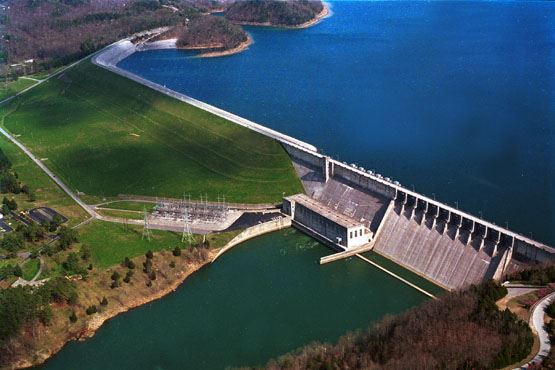Article by Alex Potter-Weight
 More than 60 ASCE members and guests gathered at the Pittsburgh Athletic Association on Thursday, October 29th for the most recent installment of the Terzaghi Lecture series. The lecture was given by Donald Bruce, Ph.D., C.Eng., D.GE, M.ASCE. Dr. Bruce is the President of Geosystems, L.P. His presentation, “The Evolution of Construction Techniques: The “Great Leap” Theory,” proposed that the field of specialty geotechnical construction primary advances in bold “leaps,” rather than slow and steady evolution.
More than 60 ASCE members and guests gathered at the Pittsburgh Athletic Association on Thursday, October 29th for the most recent installment of the Terzaghi Lecture series. The lecture was given by Donald Bruce, Ph.D., C.Eng., D.GE, M.ASCE. Dr. Bruce is the President of Geosystems, L.P. His presentation, “The Evolution of Construction Techniques: The “Great Leap” Theory,” proposed that the field of specialty geotechnical construction primary advances in bold “leaps,” rather than slow and steady evolution.
The lecture began with an introduction to the “Great Man” theory, which considers that history is defined by the actions of a select cast of legendary figures. Dr. Bruce discussed the lecture series’ namesake, Prof. Karl Terzaghi, as one of these preeminent men in human history for his pioneering contributions to geotechnical engineering. He then suggested that within the branch of specialty geotechnical construction, a related trend shows that courageous, project-based paradigm shifts drive the industry forward. The presentation listed six criteria that these “Great Leaps” must meet in order to truly propel geotechnical construction into the future: 1) developed for a large project, 2) constructed by an innovative contractor, 3) approved by a responsible agency aware of the risk, 4) successful execution, 5) publication, and 6) codification.
 Dr. Bruce used one primarily example to illustrate this process: the monumental Wolf Creek Dam remediation in Kentucky. In addition to the massive scale of the works to fix significant signs of distress in the dam, this project met the other criteria for a great leap forward in the industry.
Dr. Bruce used one primarily example to illustrate this process: the monumental Wolf Creek Dam remediation in Kentucky. In addition to the massive scale of the works to fix significant signs of distress in the dam, this project met the other criteria for a great leap forward in the industry.
To build the project, a successful joint venture was put together between European geotechnical construction giants Trevi ICOS and Soletanche, and specialty subcontractor Hayward Baker was employed for part of the grouting operation. The two-phase project included emergency remediation by Advanced Construction Techniques and Gannett-Fleming in the first phase, followed by grouting of the dam’s foundation in the second phase. The solution utilized a 6-foot wide, 535,000 square foot “disposable” diaphragm wall through the embankment into bedrock. The actual cutoff was created by drilling nearly 1,200 50-inch diameter secant piles through the diaphragm wall. The US Army Corps of Engineers and a Board of Consultants were responsible for oversight of the design and construction, and took on a considerable amount of risk in ultimately approving the innovative solution. The project was successfully completed 9 months ahead of schedule with nearly perfect technical results to date. Since project completion, the project team has helped meet Dr. Bruce’s final two criteria by creating 12 technical papers so far, and providing a benchmark for new dam safety codes that are currently in progress.
As the 2015 recipient of the distinguished Terzaghi Lectureship, Dr. Bruce has given his presentation to different ASCE sections throughout this year. Hosted by the Geo-Institute Chapter of the ASCE Pittsburgh Section, the event also included a social hour and a sit-down dinner. The Section was happy to be able to provide 1.0 PDH hours for this presentation.
